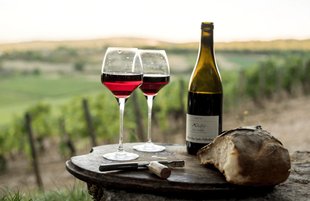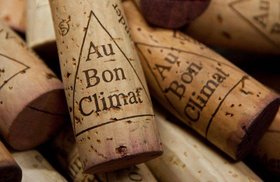Best Burgundy Vintages: The Finest Wines For Drinking & Investing
The Burgundy wine region produces some of the most collectible, terroir-driven wines in the world.
Now, since the terroir heavily influences the wines, some bottles turn out to be better than others, even in the same vintage.
So, if you’re on the hunt for a collectible bottle, you should also know the factors that determine a successful Burgundy vintage.
Let’s discover the best red and white Burgundy vintage years and the factors that determine the success of the Burgundy vintage in each sub-region. We’ll also take a peek at the best Burgundy wines and how Vinovest can help you invest in them, easily!
Further reading
- Keen on starting a successful wine portfolio? Discover all you need to know about Investing in Wine first.
- Explore All About Burgundy Wine - the main styles, and the best bottles to buy now.
What Determines Burgundy’s Vintage Potential?
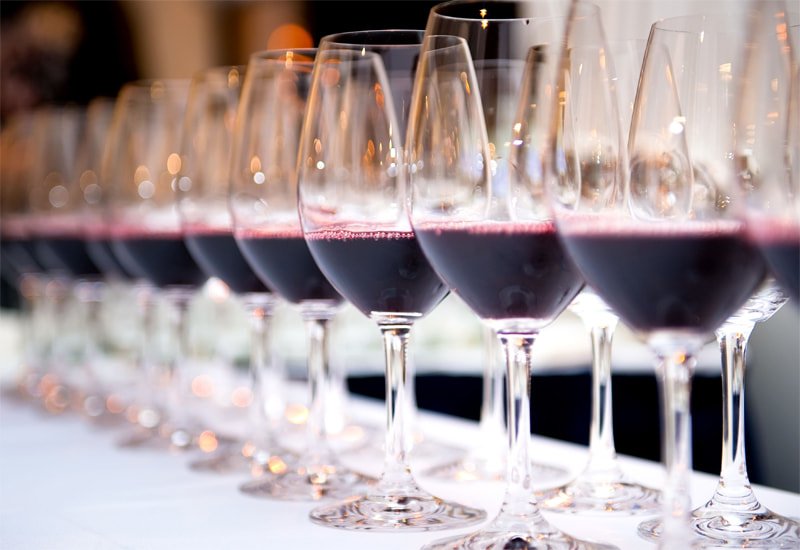
From the weather and the grape harvest to the producers and their winemaking techniques, there are many variables that determine the qualities of the final wine.
Additionally, Burgundy is a large wine region, so vintage quality can vary vastly across the different crus and producers, even in a single vintage year.
While Burgundy is most revered for its great Pinot Noir reds, the region also produces outstanding Chardonnay white wine labels.
To better understand each wine style and what determined the vintage success, let’s look at each year in detail.
Best Red Burgundy Vintages
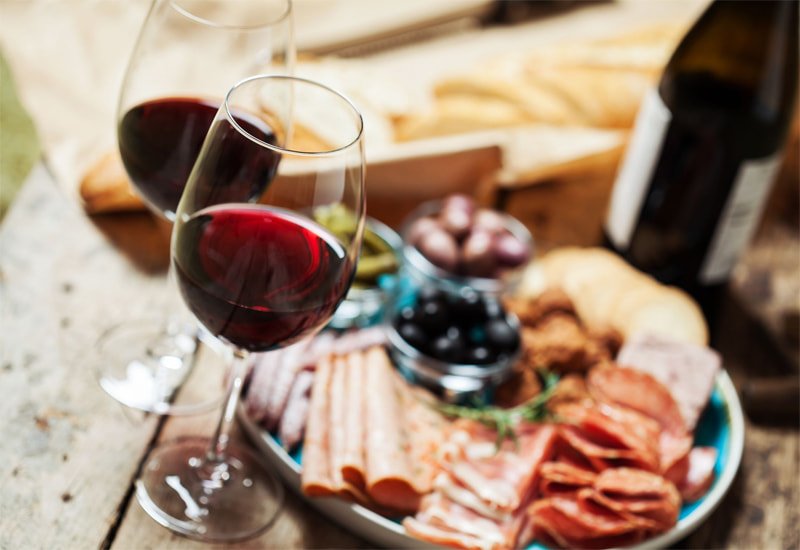
Here are a few of the best vintages for red Burgundy wine:
- 2015 vintage (Drink/Hold): The winter and spring seasons were mild. The summer was warm and dry, which allowed unproblematic vine flowering. The yields were low, and ripeness was optimal. The wines are of exceptional quality with ample fruitiness and fresh acidity.
Most of these reds are highly priced with stable price appreciation trends. They’re also highly praised by critics. For example, 2015 Domaine Dujac Chambertin Grand Cru received 90+ scores from Robert Parker and Jasper Morris MW.
The reds from Côte de Nuits performed better than the Côte de Beaune labels (some featured in the prestigious Burgundy En Primeur campaign.)
- 2014 vintage (Drink/Hold): This vintage year had an unusually mild winter and warm spring. However, the summer months were colder than usual, with a lot of rain. The grapes ripened fully thanks to the warm September weather. This resulted in lean and light red Burgundy wines with incredible balance.
- 2012 vintage (Drink/Hold): The weather conditions in 2012 were unusual with spring frosts, hail, thunderstorms, and dry summer months. This resulted in problems like mildew and rot, so vignerons in Burgundy had to reduce their yields significantly. This resulted in surprisingly well-structured wines with juicy red fruit flavors, silky tannins, and good aging potential.
- 2009 vintage (Drink/Hold): This vintage presented the winemakers with a relatively dry and stable growing season. This resulted in well-ripened grapes that produced wines with pronounced tannin levels and low acidity.
- 2005 vintage (Drink/Hold): This great vintage has sophisticated structure, good balance, and ample tannin levels. Some of the best Grand Cru labels are still suitable for cellaring. Wine Spectator gave the 2005 Côte de Beaune and Côte de Nuits reds scores of 95 and 98 respectively.
- 1999 vintage (Drink/Hold): This is one of the best vintage years. However, the Burgundy wine expert Jasper Morris MW notes this vintage was more successful in Côte de Beaune and less in Côte de Nuits (both located within the Côte dOr region.) It presents powerful acidity, elegant ripeness, and intense color.
- 1996 vintage (Drink): The wines from this vintage have acidity levels higher than usual. This resulted in a vintage with great aging potential and precise structure. Aim for wines from lower yields since larger crops resulted in more diluted wines.
- 1990 vintage (Drink): Wines from the top crus are exceptional with rich and aromatic character and silky tannins. Robert Parker gave this vintage the highest Burgundy score of the decade. However, some of the lesser-known crus produced bland wines lacking structure.
- 1989 vintage (Drink): Similar to the 1990 vintage, it shows a well-balanced, ripe fruit character.
- 1985 vintage (Drink): This vintage is fruit-forward with exceptional aging potential - no wonder it is Robert Parker’s favorite of the decade!
Apart from these, there were a few average-quality years, which are also worth considering.
Average-Quality Burgundy Red Wine Vintages
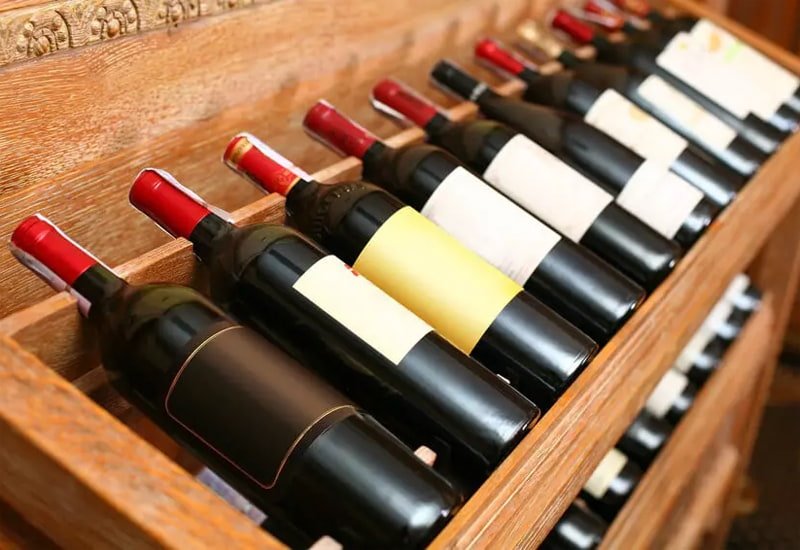
- 2013 vintage (Drink/Hold): This vintage year presented the vignerons with cold winter, rainy spring, and stormy summer. This resulted in a late harvest of much smaller yields. However, some of the most renowned winemakers like Domaine d'Auvenay and Louis Latour still made balanced wines with red fruit flavors and tannin concentration.
- 2011 vintage (Drink/Hold): The weather conditions were unstable with cool summer and many storms. Most of the wines from this vintage have delicate character, low acidity, and opulent aromas.
- 2010 vintage (Drink/Hold): The 2010 vintage wines are highly acidic and well-structured. According to Jancis Robinson, they present good quality, especially the labels from the Côte de Nuits region.
- 2008 vintage (Drink): The quality of most 2008 Burgundy red wine labels was compromised by mildew, botrytis, and hail. However, some of the best examples still showcase a vibrant character and an elegant flavor profile with a dominant fruity tasting note.
- 2006 vintage (Drink/Hold): This vintage was affected by several vine health problems, but you can still find good labels with expressive ripe fruit characters. However, there are some examples that are too harsh on the palate.
Next, let’s take a look at Burgundy’s whites.
Best White Burgundy Vintages
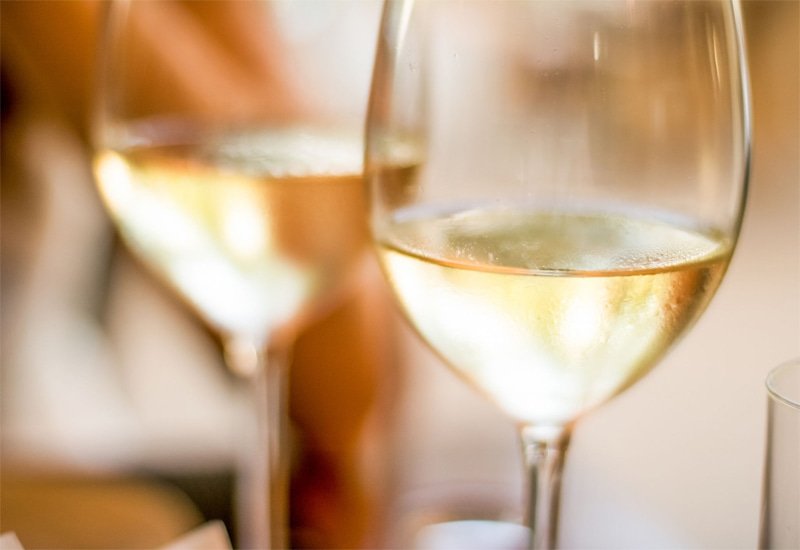
Here are some of the best vintages of white Burgundy wine:
- 2014 vintage (Drink/Hold): While this harvest season resulted in low yields, the white Burgundy wines from this recent vintage are some of the best ones. Most labels have seductive fruit flavors (with a dominant citrus tasting note), floral aroma, and great aging potential. Wine Spectator awarded this vintage a record-high score of 96.
- 2010vintage (Drink/Hold): This is another vintage with a small harvest. However, the whites delight with a great fruit concentration and bright acidity.
- 2008 vintage (Drink/Hold): Some of the most exceptional 2008 whites hail from Côte dOr and impressed many famous wine critics like Neal Martin and Allen Meadows, who described 2008 as “classic Burgundian.” The whites present a well-balanced character with powerful concentration, making them suitable for long-term cellaring.
- 2005 vintage (Drink/Hold): The dry and stable growing season produced well-ripened grapes. The white wine labels turned out to be rich with refreshing acidity and consistently high quality across the region.
- 1996 vintage (Drink): The whites from this great vintage are refined and balanced with seductive fruity flavors. Their delicate flavors and aromas are still evolving in the bottle - to experience the whole spectrum of tasting notes and fragrances, decant shortly before serving the wine.
- 1995 vintage (Drink): The great wine labels produced in 1995 have enchanting concentration and a delightfully rich palate.
- 1992 vintage (Drink): While these whites are great to drink now, some of the best examples are still evolving in the bottle.
- 1985 vintage (Drink): The 1995 Bourgogne Blanc wines showcase an elegant balance of rich and powerful character and delicate structure.
- 1983 vintage (Drink): The hot summer season resulted in early vine flowering. This resulted in opulent wines with a head-spinning floral aroma profile and juicy fruit flavors.
- 1982 vintage (Drink): These Bourgogne Blanc wines are light, soft, and slightly tart. Some of the most exceptional labels have extended aging potential.
Average-Quality Burgundy White Wine Vintages

- 2013 vintage (Drink): The 2013 vintage produced a wide range of whites - some turned out to be smooth, vibrant, and age-worthy while others were too lean and sharp.
- 2011 vintage (Drink): This vintage also presents wines of varying quality since the grapes didn’t ripen evenly during the growing season. However, there are some great Bourgogne Blanc examples with fleshy textures and delicate flavor profiles.
- 2009 vintage (Drink): The growing season was dry and consistent, which aided the balanced flowering and ripening of the grapes. Some whites showcase elegant soft palate with exotic fruit flavors.
- 2007 vintage (Drink): The summer of 2007 was too rainy, which prevented the proper ripening of the grapes. However, some winemakers managed to harvest their grapes later to allow their full ripening. The whites from the late harvest fruit are pure with a lively texture.
- 2006 vintage (Drink): This vintage also experienced a challenging growing season. However, some whites showcase fleshy texture and a balanced palate. Other less refined examples have lower acidity and heavier texture.
Other Exceptional and Rare Vintages From Past Decades
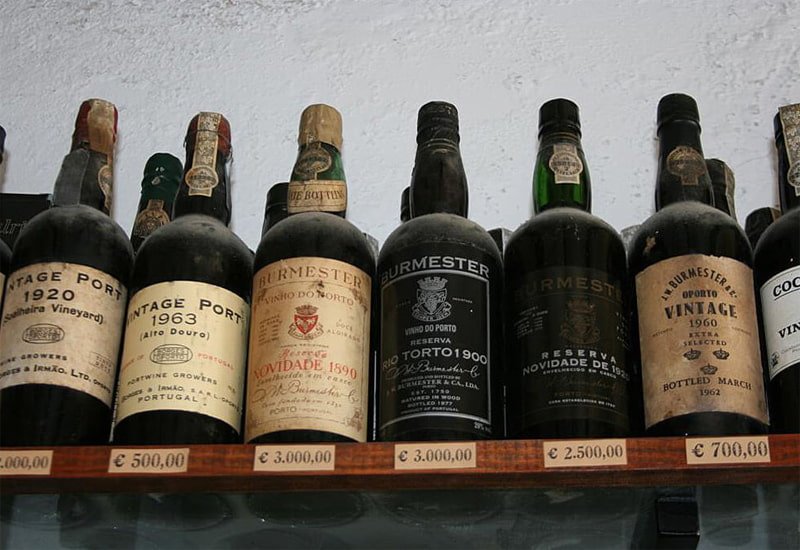
To capitalize on your long-term wine investments, you should aim for recent vintage bottles with good aging potential.
However, if you’re looking for some one-of-a-kind older vintages to drink right now, here are a few examples worth checking out:
- 1978 vintage (Drink): The late Indian summer during 1978 made up for the cool spring and early summer months. This resulted in one of the best vintages of the century, boasting astonishing length and a luscious palate full of ripe fruit flavors.
- 1969 vintage (Drink): The vintage faced problematic weather with cool spring, summer droughts, and rainy periods. However, the warm weather right before harvest aided the optimal ripening of the grapes. The wines evolved slowly in the bottle and now reveal incredible character after decades of maturing under optimal storage conditions.
- 1959 vintage (Drink): The yields from this vintage were bigger, but that didn’t compromise the quality of the wine. The summer was hot, aiding the full ripening of the fruit. The refreshing, short rainfall in mid-September refreshed the fruit before harvesting. This resulted in refined yet soft and elegant wines.
- 1947vintage (Drink): This vintage was influenced by the Indian summer and warm autumn season. The lack of temperature-controlled fermentation vessels made the winemaking process challenging for many vignerons. But the most exceptional wines are legendary with extended aging potential.
- 1937 vintage (Drink): The crop from this vintage was small and influenced by the mild spring and hot summer. The fully-ripen grapes were harvested in late September and produced well-structured and refined wines, which are still great for drinking even today!
Note: Keep in mind that any wines released prior to 1960 should be drunk as soon as possible.
While generally, white Burgundy wine labels can age up to 10 years and reds can be cellared for several decades (sometimes even half a century), only the truly exceptional bottles have a longevity of up to 100 years.
But, which bottles from these years should you buy?
Invest In These 15 Splendid Wines From the Best Burgundy Vintages
Here are some of the most outstanding Burgundy vintages to buy this year:
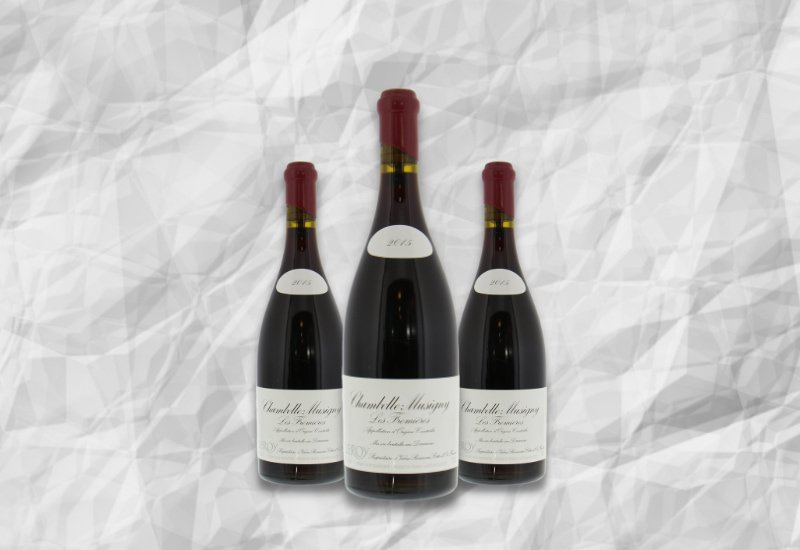
- 2015 Domaine Leroy Musigny Grand Cru ($125,122)

- 2012 Coche-Dury Meursault ($1,625)
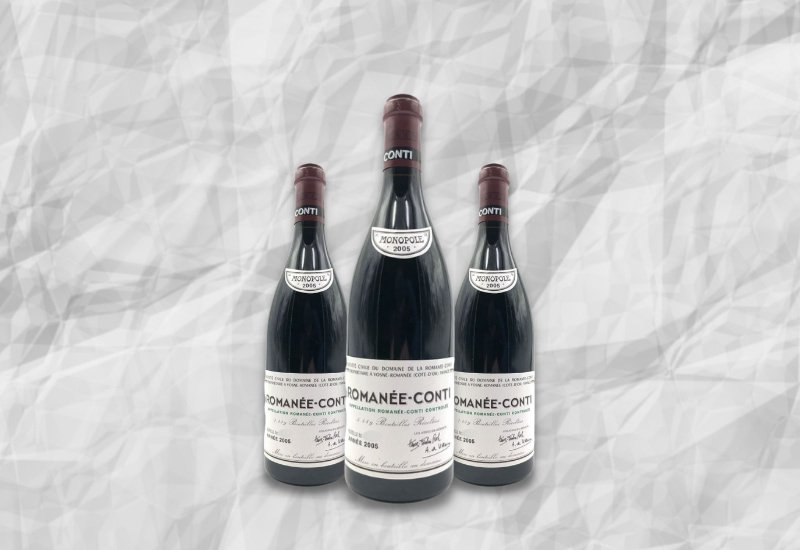
- 2005 Domaine de la Romanee-Conti Romanee-Conti Grand Cru ($31,349)
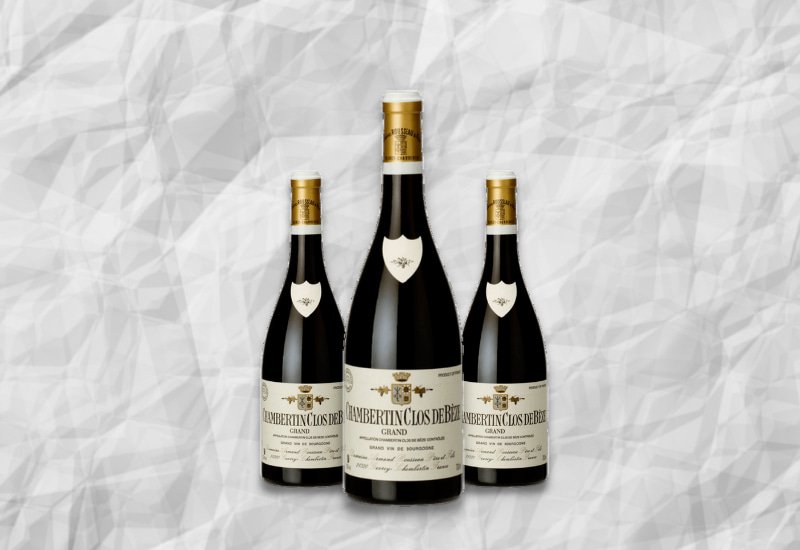
- 1999 Domaine Armand Rousseau Pere et Fils Chambertin Clos-de-Beze Grand Cru ($5,828)

- 1985 Domaine Georges & Christophe Roumier Bonnes-Mares Grand Cru ($7,444)

- 2014 Domaine Leflaive Chevalier-Montrachet Grand Cru ($1,866)
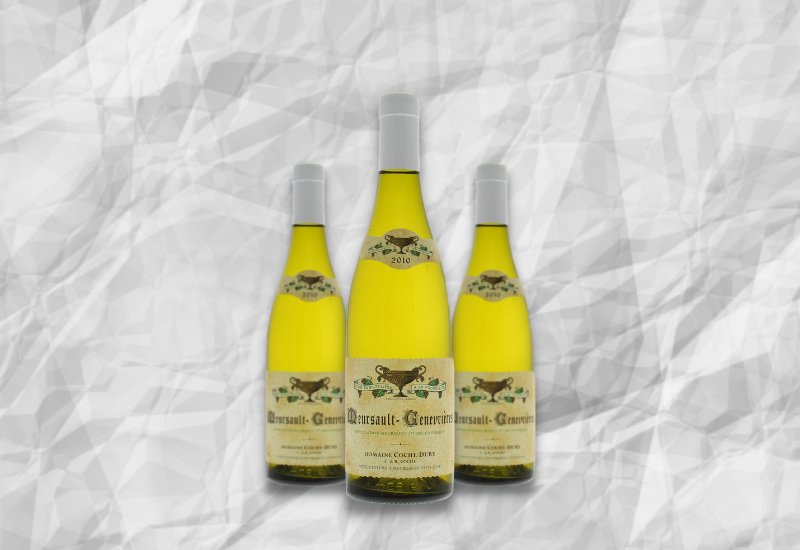
- 2010 Coche-Dury Meursault ($1,861)

- 2008 Domaine de la Romanee-Conti Montrachet Grand Cru ($13,125)

- 1995 Rene et Vincent Dauvissat-Camus Les Clos ($565)

- 1982 Domaine Ramonet Montrachet Grand Cru ($7,632)
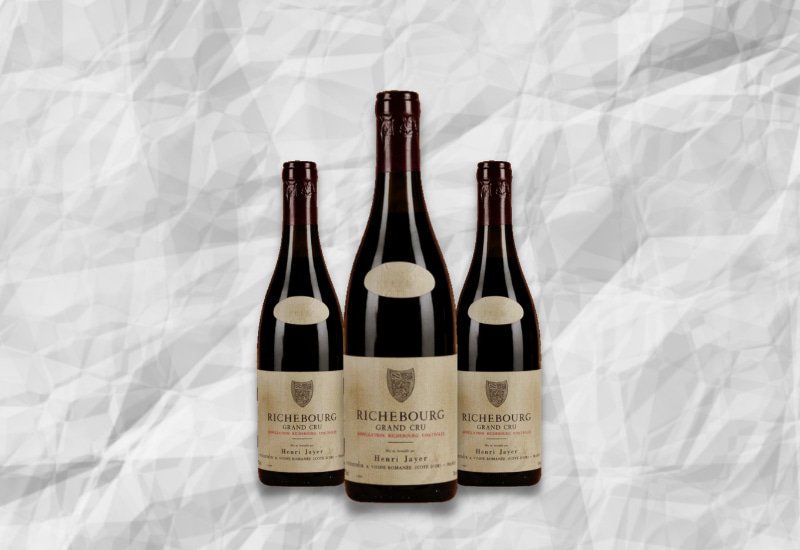
- 1978 Henri Jayer Richebourg Grand Cru ($38,924)

- 1969 Domaine Armand Rousseau Pere et Fils Chambertin Grand Cru ($9,694)

- 1959 Domaine Leroy Musigny Grand Cru ($26,076)

- 1947 Domaine Leroy Romanee-Saint-Vivant Grand Cru ($7,622)
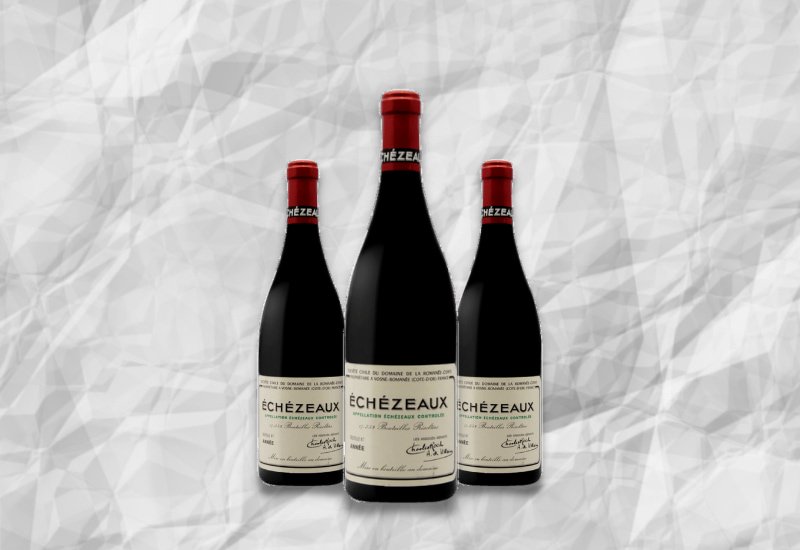
- 1937 Domaine de la Romanee-Conti Romanee-Conti Grand Cru ($63,874)
Wondering how to obtain a bottle or two of these coveted vintages?
You can use the services of a reliable wine investment company like Vinovest. The intelligent AI-based platform will help you buy and store the best wines based on your investment preferences.
What’s more, whenever you decide, you can easily sell your bottles to the highest-paying buyer.
Now:
There’s another key factor that influences the success of a vintage - the region itself.
How Do Burgundy Vintage Characteristics Differ by Region?
Let’s take a closer look at the six main wine regions of Burgundy and how their terroir and climate can directly influence the vintage:
1. Côte de Beaune
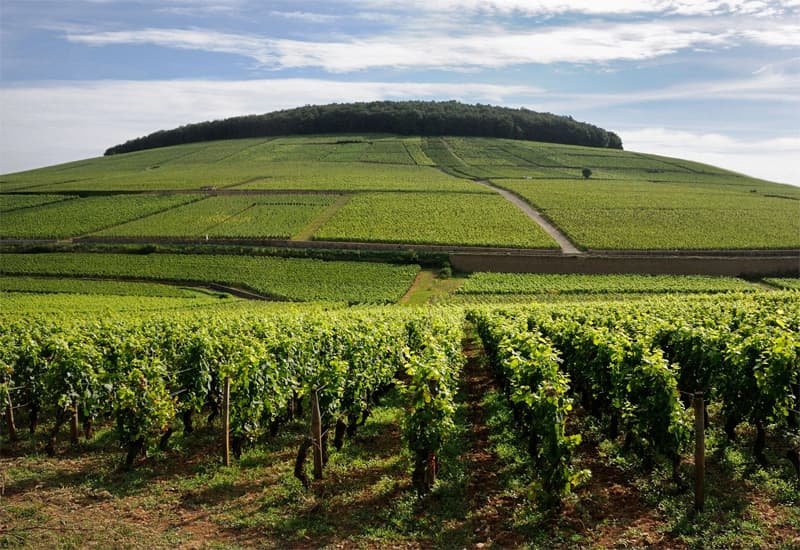
Southern Côte de Beaune is planted with Chardonnay, while the northern parts grow Pinot Noir.
Vintage quality is somewhat consistent since the weather is mild, allowing both the red and white grape varieties to grow properly. If the weather in the specific vintage is harsh, it’s usually safer to buy bottles from Côte de Beaune rather than other Burgundy regions.
2. Côte de Nuits
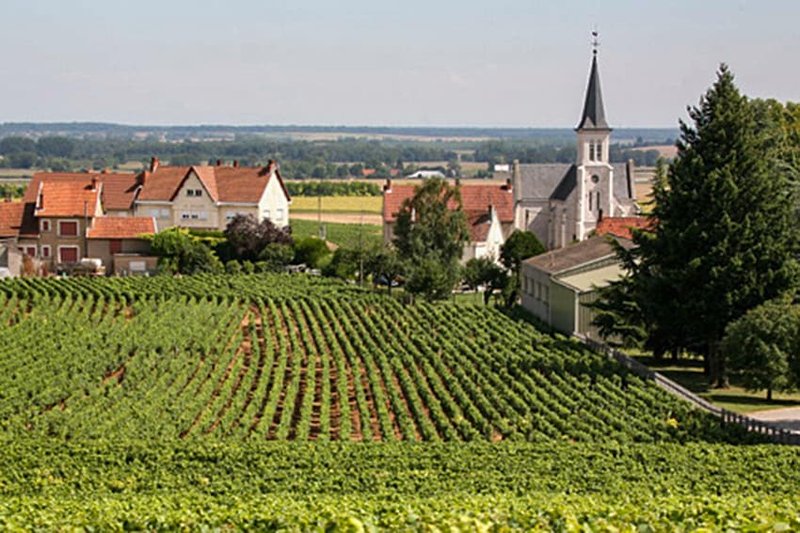
Côte de Nuits grows mostly the Pinot Noir grape variety and some Chardonnay.
Some of the best wines hail from these Crus:
Vintage quality can vary greatly due to weather conditions. This region can be negatively affected by colder temperatures since it’s located in the northern part of France.
A safe bet is to go for Côte de Nuits bottles from warmer vintage years. These are among the most investment-worthy wines of Burgundy.
3. Côte Chalonnaise

This region grows mainly the Pinot Noir grape variety and small percentages of Chardonnay and Gamay grapes.
While the weather here is less rainy, the vineyard plots have their own very distinct microclimates. Some of the best wines are produced in the following Premier Cru sites:
- Montagny
- Givry
- Mercurey
While there are some fine wine examples from Côte Chalonnaise, this region does not have any Grand Cru sites, so you should look for the Premier Cru wine labels. Most wines are best enjoyed young.
4. Chablis
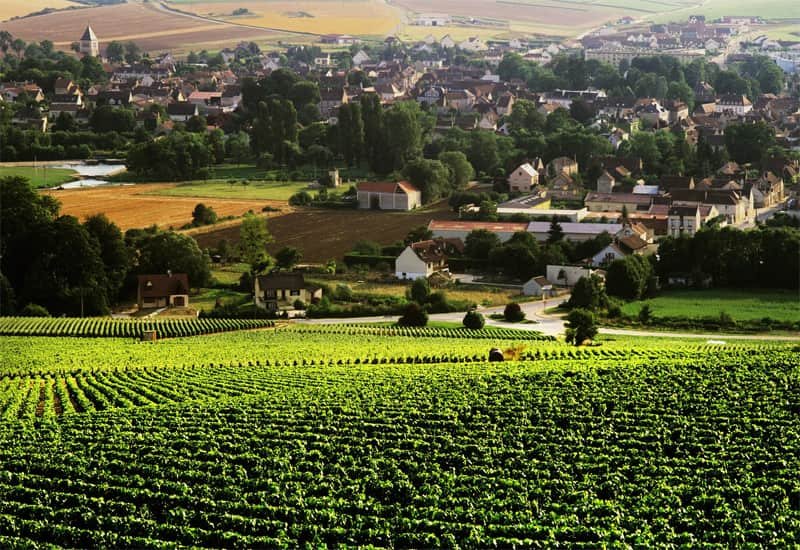
This region grows mostly Chardonnay grapes.
The most collectible Chablis wines are produced with grapes from its seven Grand Cru sites:
- Les Preuses
- Vaudésir
- Grenouilles
- Valmur
- Les Clos
- Blanchot
- Bougros
The region has cold winters and springs and warm summers. So, you should avoid cold Chablis vintages since these are too acidic. Instead, look for vintages from warm summers, which allow the proper flowering, budding, and ripening of the fruit.
5. Mâconnais
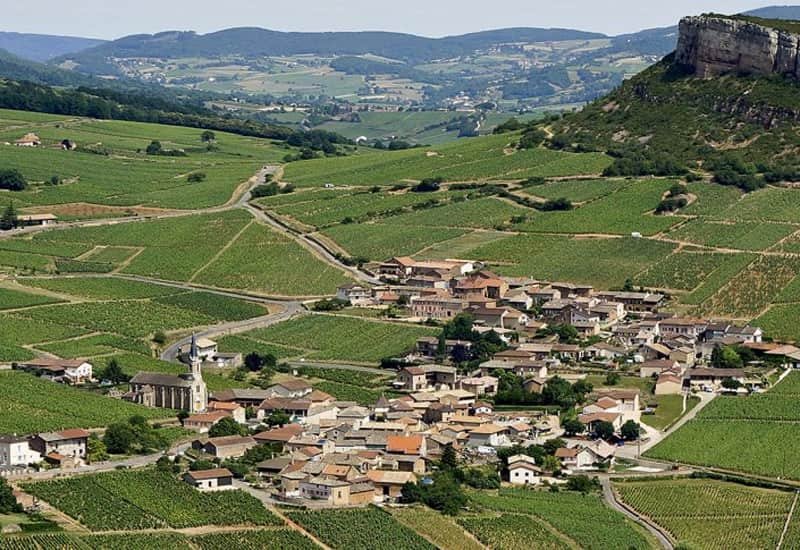
Mâconnais grows mostly Chardonnay and small amounts of Pinot Noir and Gamay.
Some of its greatest wines come from the Pouilly-Fuissé and Mâcon-Villages Cru vineyard sites.
The region has a warm climate with hot summers, which can negatively affect the Pinot Noir grapes but are beneficial for the Chardonnay vine plantations. So, try to select whites from warmer and reds from colder vintage years.
While the region can produce some enjoyable wines with great floral aromas and dominant fruity flavors, these labels are generally not investment-worthy.
6. Beaujolais

The Beaujolais French wine region produces mostly Gamay and some Chardonnay and Aligote wines. Some of the finest wines are labeled as Cru Beaujolais.
The region enjoys a warm climate with cool Mediterranean winds. While Beaujolais Nouveau is a mass-produced light red wine, some of the Cru Beaujolais labels are good collectibles.
The Most Exceptional Burgundy Vintages Deserve a Place In Your Cellar!
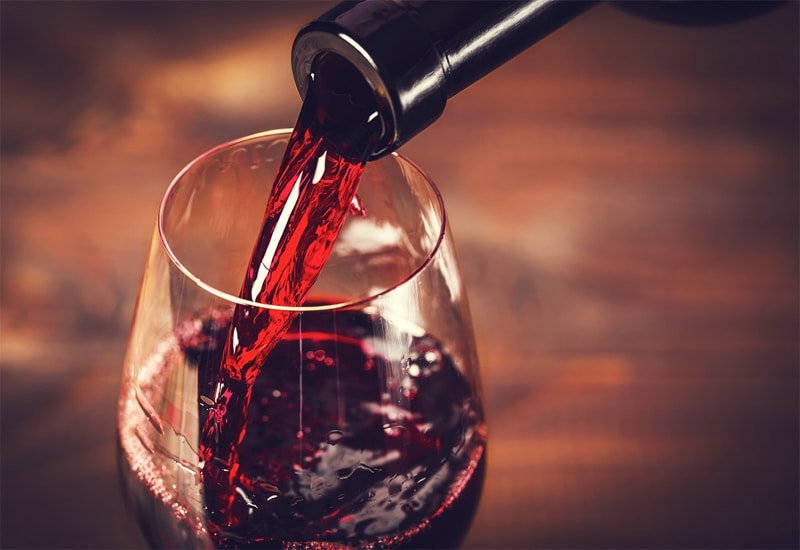
The Burgundy region is most famous for its exceptional investment-grade French wine labels.
What makes these wines so special is their delicate expression of the terroir, which can vary greatly based on the vintage year, grapes, and winemaking style.

If you’re a Burgundy lover, you can easily invest in some of the best Burgundy vintages through Vinovest. Get ready to build a portfolio of fine wine in a hassle-free way!
